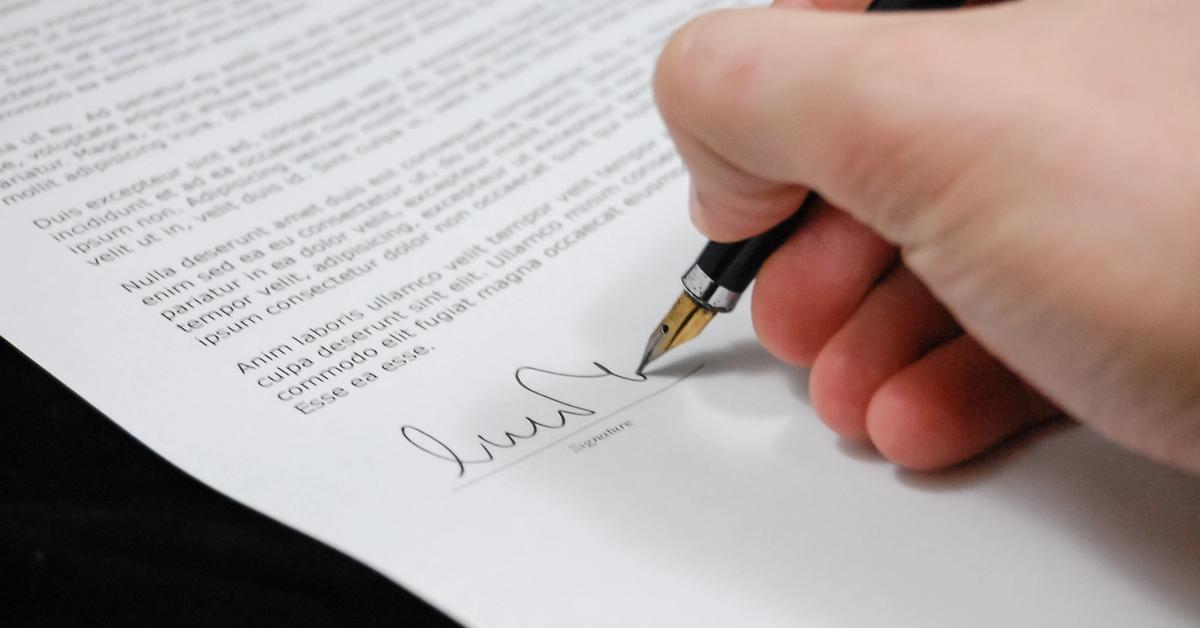- Procurement
Resources
The Procurement Management Playbook
- 11 Best Procurement Software: Streamline Purchasing in 2024
- 13 Best Procurement Practices to Boost Sourcing in 2024
- 9 Essential Procurement Trends to Embrace in 2024
- 20+ Accounts Payable Automation Best Practices for 2024
- 10 Key Procurement Goals to Achieve in 2024
- Planning and Forecasting During Ocean Shipping Disruptions
- How and When to Use Tactical Sourcing to Grow Your Business
- Supply Chain Automation on a Budget (Improve Your ROI)
- What Is Invoice Data Capture (And How to Automate It?)
- Procurement Negotiation: How to Make It a Win-Win


